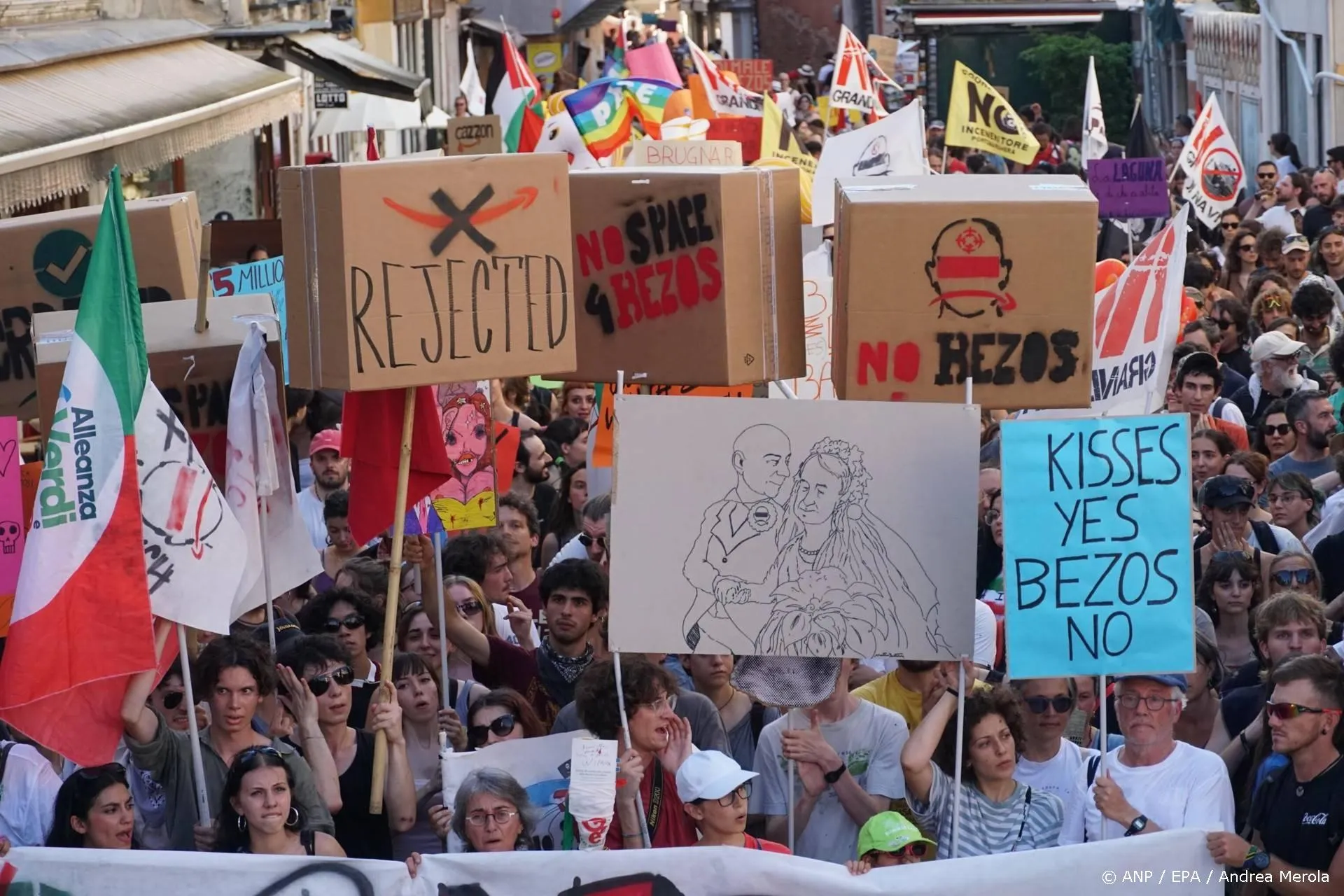Misleidende klimaatpropaganda van Britse KNAW afgekraakt
'Nullius in verba'.
Na veel barensweeën produceerde onze eigen KNAW in oktober 2011 een rapport van een conferentie van meer dan een jaar daarvóór, waarin Nederlandse protagonisten en antagonisten van de menselijke broeikashypothese (AGW = 'Anthropogenic Global Warming') met elkaar in debat waren gegaan. Maar in plaats van een evenwichtig verslag van de bijeenkomst kwam de KNAW met schaamteloze, eenzijdige en misleidende klimaatpropaganda, waarvan de onvolprezen Theo Wolters binnen 24 uur gehakt maakte.
Dat was in de tijd dat Robbert Dijkgraaf president was van de KNAW. De daarop volgende discussie over dit rapport liep vast in vage beloften en onbenullige prietpraat. Het lijk werd bij de KNAW in de kast gedeponeerd. De opvolger van Dijkgraaf, Hans Clevers, werd opmerkzaam gemaakt op het feit dat het daar lag, maar wilde er zijn vingers niet aan branden. Onlangs is Clevers weer opgevolgd door José van Dijck. Zou zij de moed hebben om de koe bij de horens te vatten? We moeten het afwachten.
Ook de 'Royal Society' (het Britse equivalent van de KNAW en het rolmodel voor alle wetenschappelijke academies in de wereld) doet enthousiast mee aan de verspreiding van de broeikashysterie. In december 2014 publiceerde de 'Royal Society' samen met de 'US National Academy of Sciences' 'A Short Guide to Climate Science'. Het was een gepopulariseerde inleiding van de belangrijkste thema's op klimaatgebied. Tegelijkertijd verscheen een video over het onderwerp. Beide kregen veel media–aandacht.
Ondertussen heeft één prominente fellow van de 'Royal Society', Michael Kelly, de Prins Philip Professor Technologie aan de Universiteit van Cambridge, ernstige kritiek geuit op het rapport. Ik pik een paar passages uit een artikel dat hij daarover onlangs in de 'Daily Mail' schreef.
Five years ago, I was one of 43 Fellows of the Royal Society – the first and arguably still the most prestigious scientific organisation in the world – who wrote to our then–president about its approach to climate change. We warned that the Society was in danger of violating its founding principle, summed up in its famous motto ‘Nullius in verba’ – or ‘Don’t take another’s word for it; check it out for yourself’.
The reason for our warning was a Society document which stated breezily: ‘If you don’t believe in climate change you are using one of the following [eight] misleading arguments.’
The implication was clear: the Society seemed to be saying there was no longer room for meaningful debate about the claim that the world is warming dangerously because of human activity, because the science behind this was ‘settled’.
We hoped we would persuade the Society to rethink this position. That document was revised so that the uncertainty involved in trying to model the climate was admitted. But since then the Society has become more, not less dogmatic – despite the fact that since we sent that letter, it has become evident that there is even more uncertainty than previously thought. Carbon dioxide levels in the atmosphere have continued to rise, but since 1998 there has been no statistically significant rise in global temperatures at all.
This flies in the face of the confident predictions made by nearly all the climate computer models that the temperature would continue to rise as it did from 1975 to 1998. More than 60 different explanations have been proposed to explain why this ‘pause’ or ‘hiatus’ has happened, and their sheer number is the clearest evidence that the system that climate scientists are seeking to model is irreducibly complex. Human-sourced carbon dioxide is at best one of many factors in causing climate change, and humility in front of this complexity is the appropriate stance.
Yet the Society continues to produce a stream of reports which reveal little sign of this. The latest example is the pre–Christmas booklet A Short Guide To Climate Science. Last year also saw the joint publication with the US National Academy of Sciences (NAS) of Climate Change: Evidence And Causes, and a report called Resilience. Through these documents, the Society has lent its name to claims – such as trends towards increasing extreme weather and climate casualties – that simply do not match real–world facts. …
En zo gaat Kelly door.
Lees verder hier.
Onder de titel, 'The Small Print. What the Royal Society Left Out', heeft ook de academische adviesraad van de 'Global Warming Policy Foundation' (GWPF) een groot aantal stellingen in het rapport aan een kritisch onderzoek onderworpen en concludeert dat zij alle zekerheid suggereren, waar er geen zekerheid is.
Aan de inleiding van het GWPF–rapport ontleen ik het volgende:
The authors who wrote the guide were not identified. Nor were the members of the Royal Society asked whether they endorsed it or not. So in referring to it herein as the ‘Royal Society’ guide we only mean to indicate who published it. We have no way of knowing how many Royal Society Fellows actually agree with it.
Many commentators were concerned that the guide was profoundly misleading, misrepresenting major points while overlooking some of the key issues and question marks over the science, glossing over them as if they were of little consequence. As an example, when the Royal Society addresses the long-term rise in Antarctic sea ice it says that ‘changes in winds and in the ocean seem to be dominating the patterns of sea ice change in the Southern Ocean around Antarctica’. In reality, what is being described in these words is a recently proposed hypothesis, so while a reader of the
Short Guide might come away with the impression that science had a broad understanding of what was happening in the Southern Ocean, what they should have been told was that the changes in Antarctic sea ice are not understood. In a time of universal overconfidence, to be willing to state what is not known is an essential, albeit controversial, duty of scientists.
This report attempts to give a more accurate picture of climate science and to add in the caveats and to explain the gaps in our knowledge over which the Royal Society guide drew a veil.
The Royal Society, quite properly, does not draw policy conclusions from the meager science they present (and misrepresent), but they, most assuredly, know that others will.
Het rapport plaatst kanttekeningen bij twintig stellingen van de 'Royal Society'.
In hun communicatie met het publiek dienen wetenschappers aan te geven wat zij wèl en wat zij niet weten. Doen zij dat niet, dan bedrijven zij geen wetenschap meer, maar propaganda. De GWPF toont glashelder aan dat de 'Royal Society' zich daaraan schuldig heeft gemaakt.
Het rapport is hier te vinden.
Verplichte lectuur voor klimatofielen van alle gezindten.
Voor mijn eerdere DDS–bijdragen zie hier.
Ga verder met lezen
Dit vind je misschien ook leuk
Laat mensen jouw mening weten


